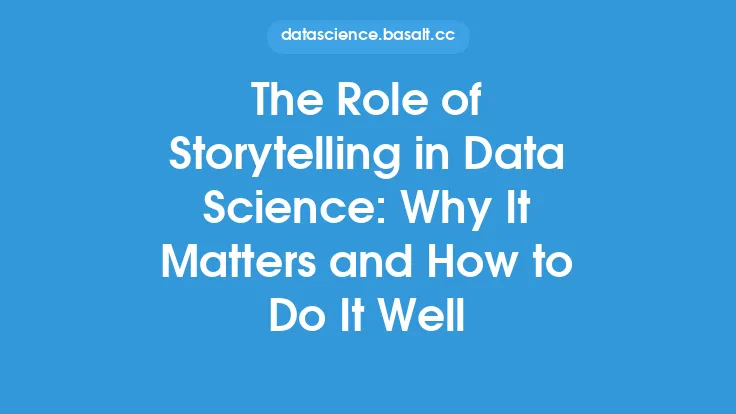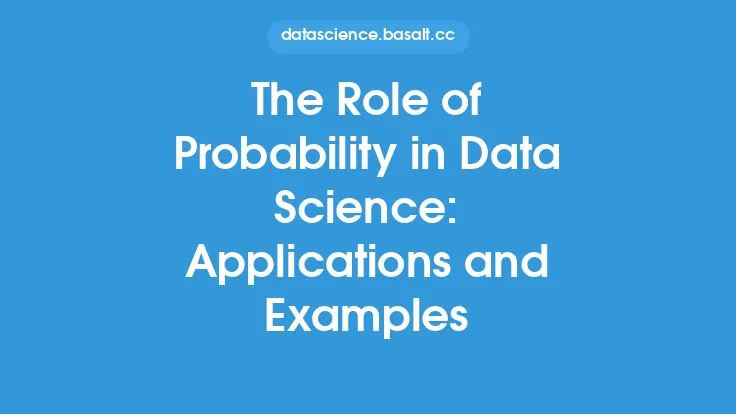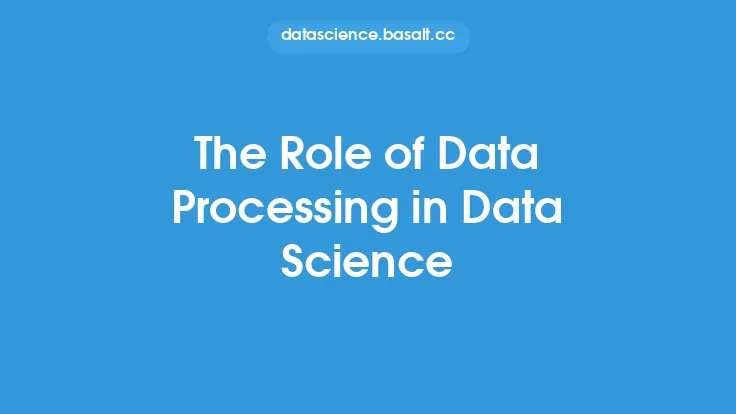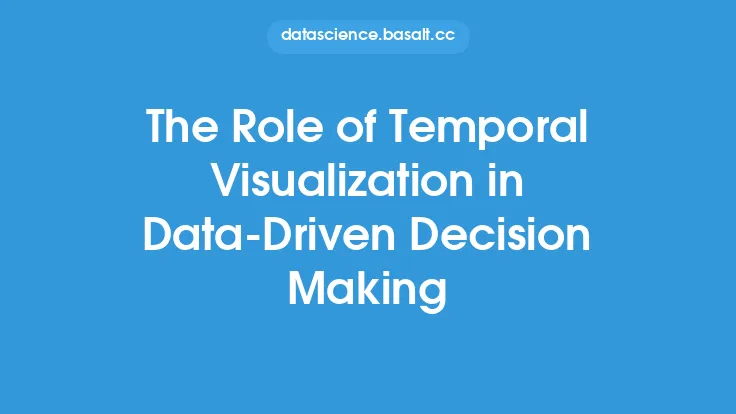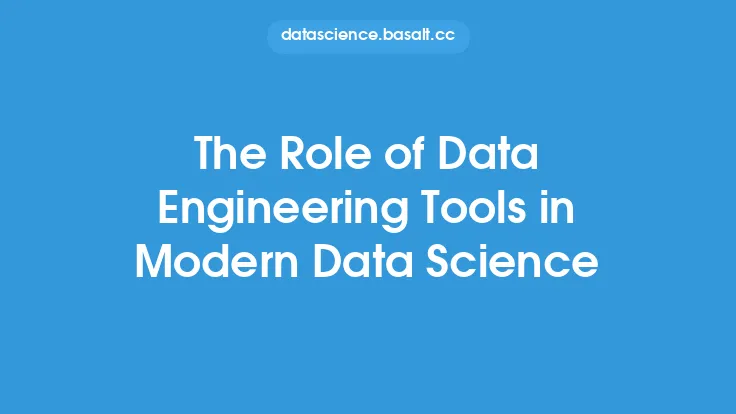Data wrangling is a critical component of the data science process, involving the acquisition, cleaning, transformation, and preparation of data for analysis. It is a time-consuming and labor-intensive task that requires a combination of technical skills, attention to detail, and domain expertise. The goal of data wrangling is to transform raw, unprocessed data into a clean, organized, and structured format that can be easily analyzed and interpreted.
Introduction to Data Wrangling
Data wrangling is an essential step in the data science workflow, as it enables data scientists to extract insights and knowledge from large datasets. The process of data wrangling involves several key steps, including data ingestion, data cleaning, data transformation, and data quality control. Data ingestion refers to the process of collecting and importing data from various sources, such as databases, files, or external data providers. Data cleaning involves identifying and correcting errors, inconsistencies, and missing values in the data. Data transformation involves converting the data into a suitable format for analysis, such as aggregating data, handling missing values, and performing data normalization.
Data Wrangling Techniques
There are several data wrangling techniques that data scientists use to prepare data for analysis. These techniques include data merging, data pivoting, data aggregation, and data filtering. Data merging involves combining data from multiple sources into a single dataset. Data pivoting involves rotating data from a row-based format to a column-based format, or vice versa. Data aggregation involves grouping data by one or more variables and calculating summary statistics, such as means, medians, or counts. Data filtering involves selecting a subset of data based on specific conditions, such as filtering out missing values or outliers.
Data Wrangling Tools and Technologies
There are several data wrangling tools and technologies available, including programming languages, libraries, and software applications. Popular programming languages for data wrangling include Python, R, and SQL. Python is a popular choice for data wrangling due to its extensive libraries, including Pandas, NumPy, and Matplotlib. R is another popular language for data wrangling, with libraries such as dplyr, tidyr, and ggplot2. SQL is a language for managing relational databases and is often used for data wrangling tasks, such as data merging and data aggregation. Other data wrangling tools and technologies include data visualization software, such as Tableau and Power BI, and data manipulation software, such as Excel and Google Sheets.
Data Quality and Data Validation
Data quality and data validation are critical components of the data wrangling process. Data quality refers to the accuracy, completeness, and consistency of the data, while data validation involves checking the data for errors, inconsistencies, and missing values. There are several data quality metrics that data scientists use to evaluate the quality of the data, including data completeness, data accuracy, and data consistency. Data completeness refers to the extent to which the data is complete and free from missing values. Data accuracy refers to the extent to which the data is accurate and free from errors. Data consistency refers to the extent to which the data is consistent and free from inconsistencies.
Data Wrangling in Big Data and NoSQL Databases
Data wrangling in big data and NoSQL databases presents several challenges, including handling large volumes of data, handling variety and complexity of data, and handling velocity of data. Big data refers to large datasets that are too big to be handled by traditional data processing tools. NoSQL databases refer to databases that do not use the traditional structured query language (SQL) to manage data. Data wrangling in big data and NoSQL databases requires specialized tools and technologies, such as Hadoop, Spark, and NoSQL databases, such as MongoDB and Cassandra. These tools and technologies enable data scientists to handle large volumes of data, handle variety and complexity of data, and handle velocity of data.
Data Wrangling in Machine Learning and Artificial Intelligence
Data wrangling plays a critical role in machine learning and artificial intelligence, as it enables data scientists to prepare data for modeling and analysis. Machine learning algorithms require high-quality data to produce accurate and reliable results. Data wrangling involves preparing the data for modeling by handling missing values, outliers, and errors. It also involves transforming the data into a suitable format for modeling, such as converting categorical variables into numerical variables. Data wrangling in machine learning and artificial intelligence requires a combination of technical skills, domain expertise, and knowledge of machine learning algorithms and techniques.
Conclusion
In conclusion, data wrangling is a critical component of the data science process, involving the acquisition, cleaning, transformation, and preparation of data for analysis. It requires a combination of technical skills, attention to detail, and domain expertise. Data wrangling techniques, tools, and technologies are essential for preparing data for analysis and modeling. Data quality and data validation are critical components of the data wrangling process, as they enable data scientists to evaluate the quality of the data and ensure that it is accurate, complete, and consistent. Data wrangling in big data and NoSQL databases, as well as in machine learning and artificial intelligence, presents several challenges and requires specialized tools and technologies.

